Erlenmeyer Flask
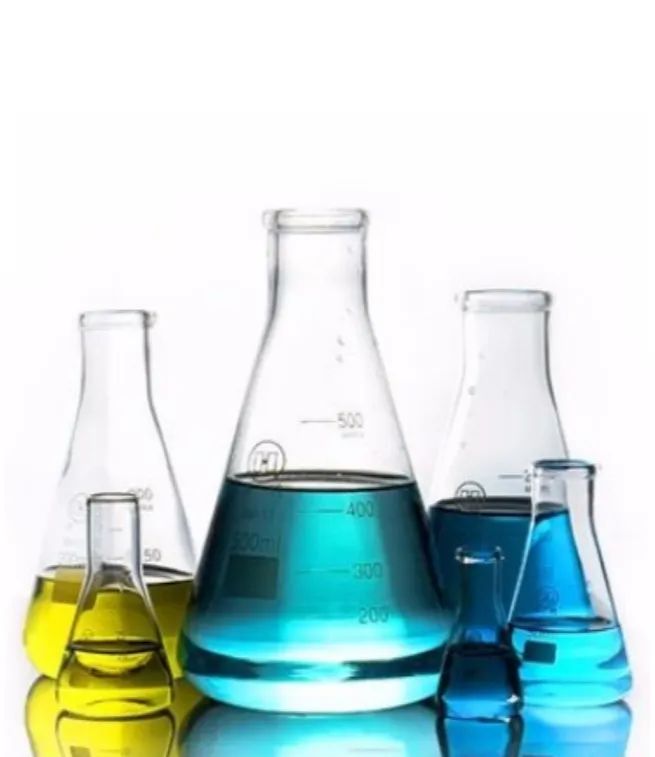
Glass Erlenmeyer Flask
First invented in 1861 by German chemist Richard Erlenmeyer, the Erlenmeyer flask is traditionally a commonly used glassware in chemical laboratories and was originally used for titration experiments. Its design features a narrow mouth and a large bottom and a triangular longitudinal profile to help prevent liquid spillage during shaking and ensure adequate response. The neck of the bottle is cylindrical with a wide opening at the top, which can be closed with a cork or rubber stopper, and the bottle is usually graduated to indicate the volume. Due to its heat resistance, it can be used for water bath or electric furnace heating, so it is also called triangular flask, or Ich's flask, Oroenmaier flask, etc.
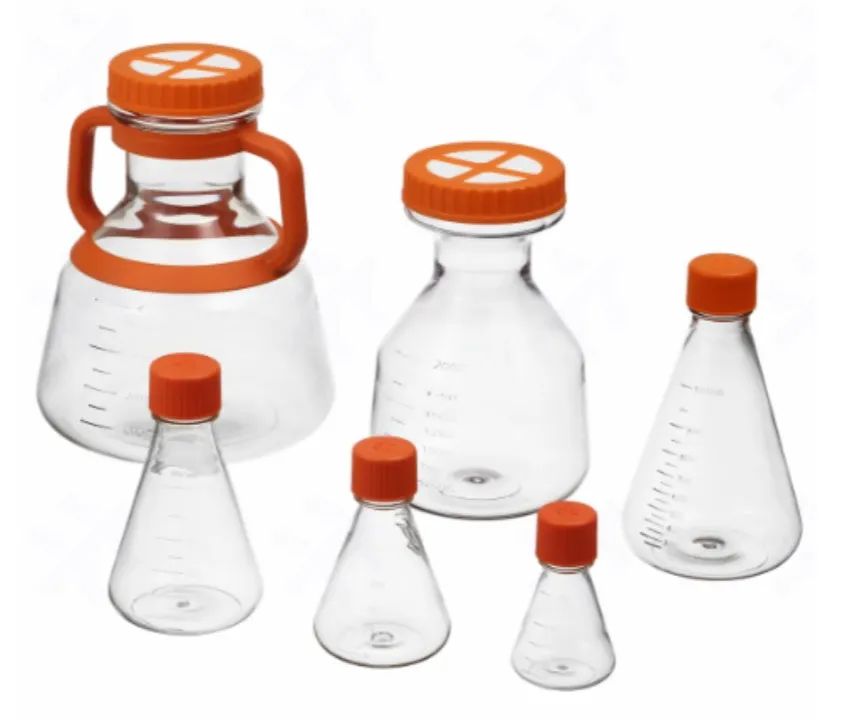
Plastic Erlenmeyer Flask
With the increasing demand for aerobic fermentation culture, Erlenmeyer flasks are gradually applied to the shaking culture of bacteria and cells. On the basis of traditional glass materials, a variety of disposable plastic Erlenmeyer flasks have been developed, including polycarbonate (PC), polyethylene terephthalate copolyester (PETG), polymethylpentene (TPX), polypropylene (PP), polytetrafluoroethylene (PTFE), etc. These materials are typically γ radio-sterilized for ease of use and suitable for sterile environments. Plastic Erlenmeyer flasks are typically available in volumes from 50 to 2,000 ml. For large volume flasks of 3000 ml or 5000 ml, the classic conical shape is no longer used to increase oxygen permeability.
Erlenmeyer flask clamps
For above classic Erlenmeyer flask, traditional Erlenmeyer flask clamp can be used to fix it on the rocker plate of the shaker, and the stainless steel springs are generally used to hold the Erlenmeyer flask so as to ensure that it is not thrown out by centrifugal force at a certain eccentric speed, and the culture liquid rotates in phase with the rocker plate in Erlenmeyer flask. Generally, each capacity of Erlenmeyer flasks has corresponding specifications of Erlenmeyer clamps, available in 25 ml, 50 ml, 100 ml, 150 ml, 200 ml, 250 ml, 500 ml, 1000 ml, 2000 ml, 3000 ml, 5000 ml.
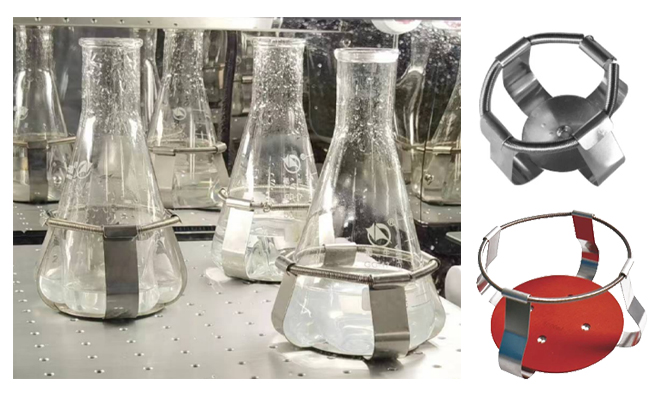
Made of polished stainless steel, can be fixed to the tray of incubator shaker.
Advantage
The clamping is firm, no need to worry condensation in the flask, with big capacity of flask numbers and less block to the wind circulation in the chamber.
Disadvantage
Requires some skill to put the flasks, and when the culture requires different volumes of shake flasks, it is necessary to change the flask clamps of corresponding sizes.
In order to ensure the safety of high-speed shaking of large-capacity shakers, a 5000ml Erlenmeyer flask holding bar is also specially provided.
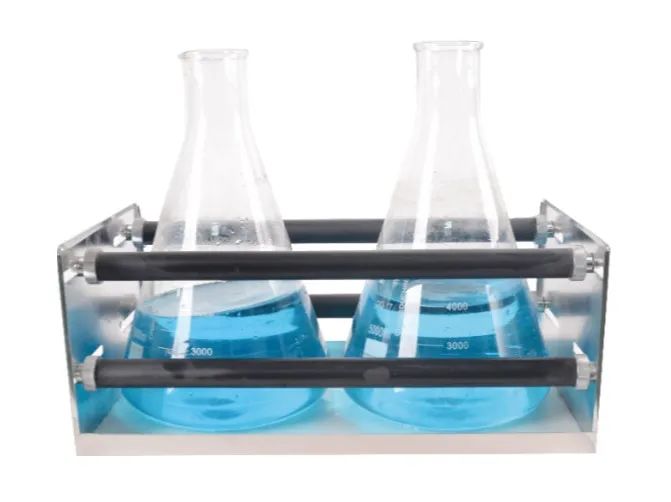
Advantage
Holding is firm, can accommodate various flask and also other containers.
Disadvantage
Not easy to assemble, have some block to the wind circulation in the chamber and can accommodate less flasks.
Sticky Mat
With the rise of bonding material science, sticky mat has emerged that can repeatedly place flasks many times, which are very suitable for fixing the flask on the rocker board with great advantages of easy access and placement, unlimited specifications, and free arrangement .
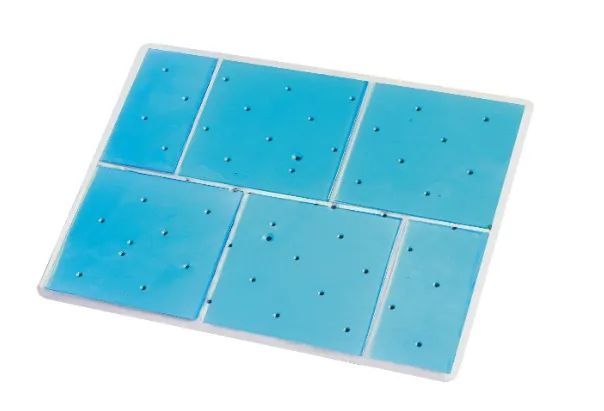
Advantage:
Easy to take and place the flasks which can accommodate different kinds of flasks. It can accommodate more flasks and have less block to the wind circulation in the chamber. It has longer service life. (the sticky mat is reused by rinsing and drying with water, and the dust can be wiped off with high-purity alcohol to reduce the viscosity by long-term irradiation of ultraviolet light)
Disadvantage:
When the bottle surface is wet or condensed, it is not easy to stick on the mat and it is safer to control the shaker speed within 220rpm (in order to ensure that the adhesion strength is not infinite to ensure easy access and placement).
Multi-function spring holder
When some shakers need to mix multiple vessels or use different containers for each incubation cycle, it is recommended to choose a multi-functional spring rack, which can be compatible with a variety of containers such as Erlenmeyer flasks, infusion bottles, test tubes, centrifuge tubes, and even special-shaped bottles.
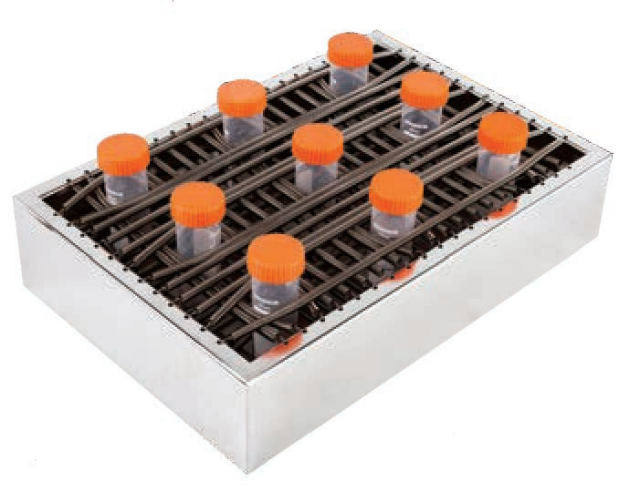
Multi-function spring: a variety of specifications suitable for different models
Advantage:
Can accommodate different containers, and easy to take and put.
Disadvantage
The inner chamber of the spring holder is not easy to be placed very neatly, the self loading is large, and the speed is too high, which will make the in-phase rotation of the culture medium in Erlenmeyer flask and the rocker plate low, and slightly block the wind circulation in the chamber.
Infusion Bottle Clamp
For bottles with a high cylindrical gravity, such as infusion bottles, it is more recommended to use a special infusion bottle clamp, user can also use the multi-functional spring clamp introduced above, instead of using sticky mat.
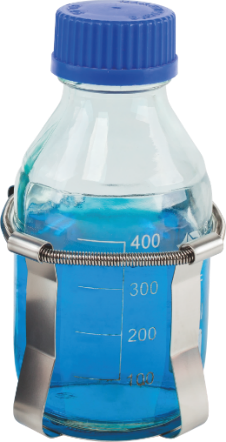
Above we have introduced some of the commonly used accessories of the shaker, their respective design features, how to use, and the advantages and disadvantages, we hope these information will help you in your experiments. In the future, we will continue to discuss more incubator shaker accessories and their applications. If you have other specific needs or questions, feel free to share with us!

Follow official account